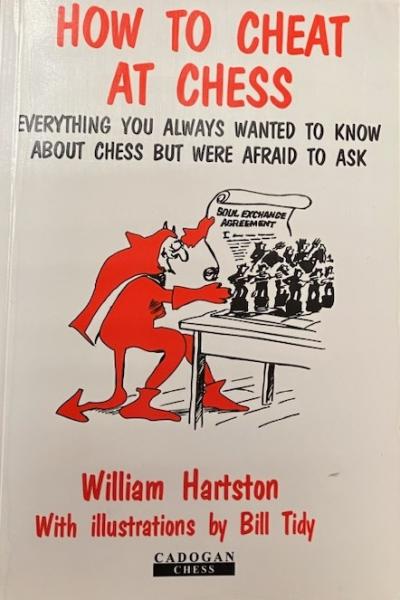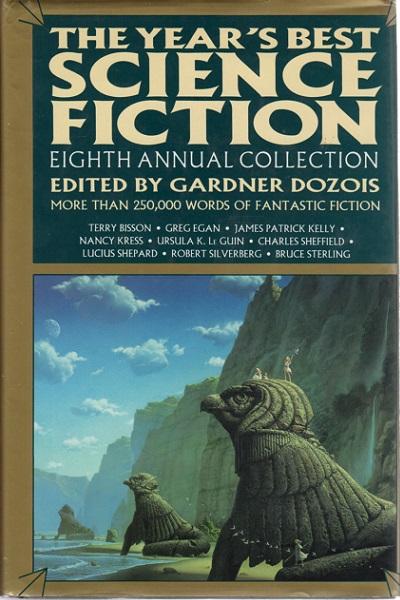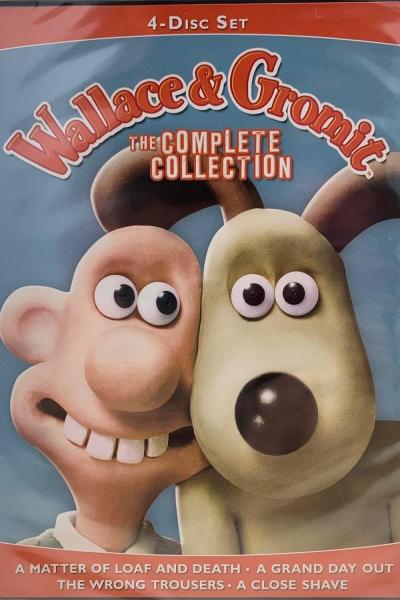
The imagery of chess revisited. 794.1 I314
In 1954-55, The Julien Levy Gallery in New York City held an exhibition of chess-themed art by the most notable surrealists and Dada artists of the time, as well as many others who became famous artists later on. Andre Breton, Marcel Duchamp, Alexander Calder, Max Ernst, Man Ray, Isamu Noguchi, Yves Tanguy, and others contributed chess sets. Dorothea Tanning, Arshile Gorky, David Hare, Man Ray, Matta, Robert Motherwell, and others produced pivotal chess-related paintings, sculptures, and photographic works. This book, published as a 50th anniversary retrospective, includes previously unpublished materials, such as Andre Breton and Nicolas Calas's wine-glass chess set and Alexander Calder's chess set made of found materials, and thirty-five of Calder's chess-related drawings. You can also read essays about the artwork and the music scores composed for the exhibition. -- Adapted in part from publisher description on Amazon.com.
Mike Basman. Chess openings 794.122 B315
A clear guide to the opening phase of the game for players just beginning to study the game. Not intended as a comprehensive work, this book takes the novice through the essential concepts of opening play and reviews the most common openings that lower-rated players and beginners will most likely encounter.
Eduard Gufeld [and others]. Bobby Fischer: from chess genius to legend 794.1092 F52
Interest in Bobby Fischer, his life, and his games continues long after his death in 2008. In this compilation, several of his contemporaries contribute chapters about their experiences with Fischer and the games they played with him.
Mark Taimanov. I was a victim of Bobby Fischer 794.15 T133i
Speaking of Bobby Fischer, his victory against Boris Spasky in the famous 1973 World Championship in Reykjavík caused an upheaval in the world of chess, up to that time dominated by Russian players. But, before this, after he won all his games against Mark Taimanov during the candidates tournament (the "playoffs" of the chess world championships), the government of the former Soviet Union had an upheaval of its own. Russian domination of chess played a part, albeit a small one, in the Cold War. Accused by the Communist Party of losing the games intentionally as a counter-revolutionary act, they banned Taimanov from playing chess competitively. Fortunately, he was also a concert pianist and able to make a living that way until Fischer's victory over Spassky proved Taimanov's innocence. In this book, Taimanov provides annotations and commentary on all 6 of the games he lost to Fischer in that match in Vancouver, and his memories of Fischer since 1960.
William R. Hartston. How to cheat at chess: everything you always wanted to know about chess but were afraid to ask 794.1 H335
A classic compilation of chess humor from the mid-20th century. It is a short, whimsical book without much in the way of practical advice.



